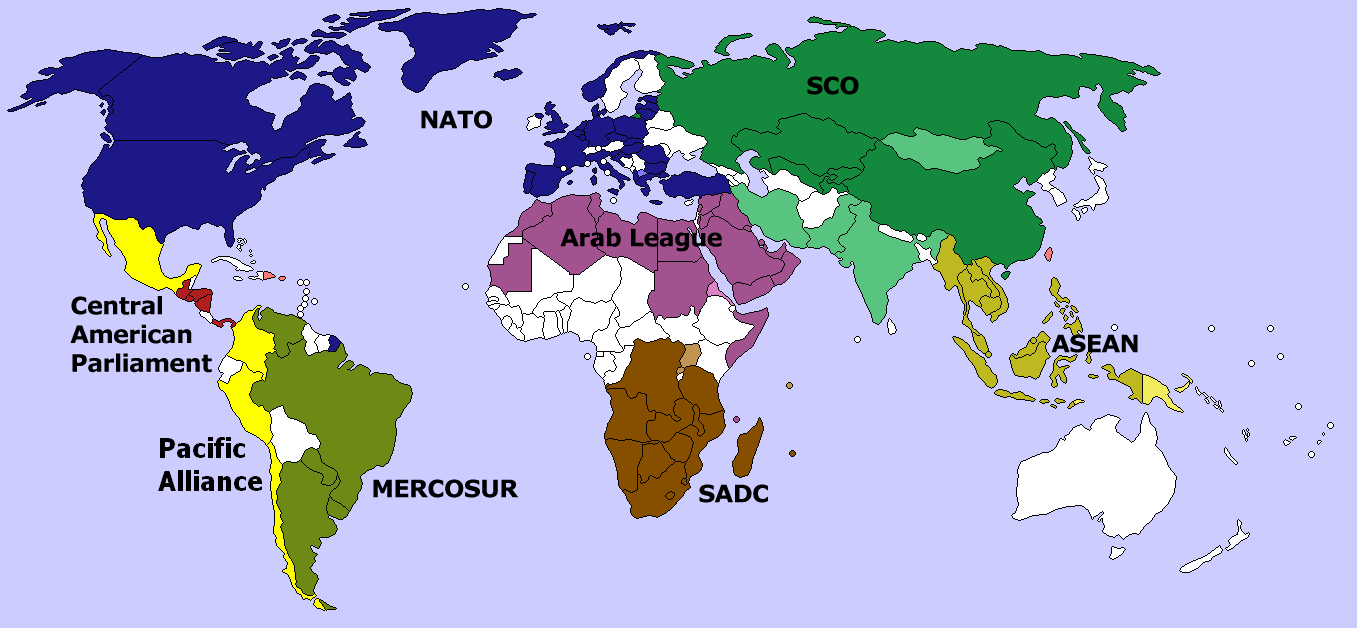Thankfully, Google and Lego have teamed up to create Build With Chrome and provide people all over the world with their very own virtual Legos. The name is a bit misleading because you're not building with silvery-colored chrome blocks; it's actually taking place in the Chrome operating system and it uses all the familiar Lego bricks (blocks, flat pieces, round and cone shaped ones, etc.)
Chrome can be downloaded onto iPads and is already on Chromebooks. Students can build without logging in or signing up. Although, saving their Lego creations requires signing into Google. In my class students usually create something in BuildWithChrome, screenshot/Print Screen it, open it in Notability, and then label the important parts.
For example, two weeks ago my students wrapped up a unit on the early colonies by researching and re-creating a colony or settlement. We learned about Plymouth, Jamestown, Roanoke and the neighboring Native American civilizations and only mentioned "there were other colonies." This was an opportunity for them to use critical thinking and research skills to learn about new colonies.
The students were given two days in the computer lab to research and build their colony. On the third day they photographed (screenshot) their colonies and labeled them (What is this? What does it tell us about the inhabitants? etc.). It was a very successful project because students had fun thinking like an forensic archaeologist and doing research like a historian. When the project was over students could explain the significance of a stone wall versus a wooden fence (stone walls defended against other European canons/ wood only protected from hand-held Native American weapons) and understood colonists got their water from a community well. By looking at other students' projects they also saw the difference between strategic colonies with military forts, like San Juan and St. Augustine, and commercial or religious colonies, like Jamestown or Plymouth.
Here are some other ideas for using Build With Chrome:
- Create a Biome: Students can research the temperature, precipitation, flora and fauna of a biome and create it. What color should the floor be? Why? What animal is that?
- Mammals, Birds, Reptiles, Amphibians, and Fish: Have students recreate one of these vertebrates and label the features as well as the distinctive features of the group.
- Build a Process: Recycling, the water cycle, Three Branches of Government, and a number of other processes are easier to understand (and assess) if students can create their own representation of the process.
However you decide to use it, here's some advice:
1) Give Them a Rubric: This tells them what they are going to need in order to meet your standards. It also gives them autonomy and freedom to create something original and awesome. This also gives you something concrete to point at when you ask them, "ok, I see you've created an amazing spaceship, but the rubric says you need to represent a Native American village."
2) Use a Computer: Doing this on an iPad or other tablet is possible, but it is very difficult. Use something with a track pad, or better yet, an actual mouse.
Build With Chrome is very similar to AutoCAD software, it's just simpler and uses bricks. The ability to make things in three-dimensions on a two-dimensional computer is already an essential skill for engineers, interior designers, and many other professions. Using Build With Chrome will start to build this important skill!
Have fun!
2) Use a Computer: Doing this on an iPad or other tablet is possible, but it is very difficult. Use something with a track pad, or better yet, an actual mouse.
Build With Chrome is very similar to AutoCAD software, it's just simpler and uses bricks. The ability to make things in three-dimensions on a two-dimensional computer is already an essential skill for engineers, interior designers, and many other professions. Using Build With Chrome will start to build this important skill!
Have fun!


